MOVIE REVIEW – The latest addition to the Marvel Universe, The Marvels, focuses on the triumvirate of Carol Danvers, Kamala Khan and Monica Rambeau, but still fails to live up to the high standards fans expect. The intricate web of interconnected characters and storylines looks promising, but the film often gets lost in a jungle of disjointed action sequences and unrelated subplots. New characters and storylines, while adding interesting new twists, do not always form a coherent whole, sometimes making it difficult for the viewer to follow the events of the film.
Over the past four years, the Marvel Universe has released ten films and several series since the first appearance of super-powered space marine Carol Danvers, aka Brie Larson, in the title role of Captain Marvel and her pivotal role in Avengers: Endgame. It would be almost flattering to say that with all the new storylines, Carol has become almost a supporting character.
Threesome
In Nia DaCosta’s The Marvels, Carol is finally back in the spotlight, but instead of Captain Marvel’s storylines waiting to be picked up, a new multi-character narrative takes over, in which our lone warrior hero is joined by two companions: Kamala Khan, better known as Ms Marvel (Iman Vellani) and Monica Rambeau (Teyonah Parris), the grown-up daughter of Carol’s long-lost friend Maria. As these characters have already made their debut in the Marvel television universe, only the most dedicated fans will find clues to understanding the characters and stories in the depths of the infinitely diverse MCU.
These heroes are thrown together by an unexpected twist of events caused by wormholes in the fabric of the universe created by Dar-Benn (Zawe Ashton), a representative of the alien Kree Empire that Carol defeated in Captain Marvel. Carol, Monica and Kamala all share a similar ability to manipulate light, and when they use their abilities simultaneously, they suddenly switch places with each other. Marvelek makes a recurring criticism of modern superhero movies – that the identity of the protagonist is irrelevant because the outcome always revolves around the energy beams fired from the hands and eyes of god-like figures – an integral part of the story, thus forging a closer relationship between the main characters.
From the outset, the film’s confusing storytelling highlights how opaque the intertwined but individually underdeveloped Marvel Studios shows and films have become. Captain Marvel ended with Carol’s departure into space to find a new home for Skrull refugees scattered by Kree imperialism, and the fate of the Skrulls after this loss was depicted without Carol in Disney+’s newly launched Secret Invasion series. The Marvels, however, chooses not to build on Carol’s introduction, instead weaving new backstory and connections to Dar-Ben through flashbacks that have yet to be given a place in any MCU film or series.
They just keep teleporting…
This situation only further clouds the already underdeveloped development of Carol’s character, which only adds to the viewer’s desire and frustration to understand the background of the character’s reintroduction. The characters of Kamala and Monica also feel hastily thrown in, especially Monica, whose childhood abandonment by Carol is only touched on in passing to make room for Kamala’s admiration for Captain Marvel. This tendency is another example of IP-based big-budget films forcing a character into the story who wonders about events from the viewer’s perspective and is a fan of superheroes.
The action scenes in the film are also a little disappointing. Teleporting the heroes between their ever-changing locations seems promising at first, especially when the three protagonists are moving between different locations. However, an early confrontation – in which the heroines and a Kree military unit are teleported from a Kree warship to an Earth space station and then to Kamala’s living room – quickly loses its rhythm, and the awkward editing turns the initially creative idea of our heroes changing locations every second into incomprehensible chaos.
It’s only towards the film’s climax, when the heroes are fighting in a more confined space and can manage their frequent changes of position more accurately, that this basically annoying teleportation madness becomes more logical and its timing more understandable. Unfortunately, by this point the best moments of the visual cavalcade have already passed, and the viewer is left to watch the more conventional clashes of teleportation fun with boredom.
It gets better in the second half
The Marvels picks up a bit around the halfway point, when the story finally takes a direction that has been almost completely absent from the vast majority of Marvel films and series since Endgame. The story unravels mysteries about the nature of the relationship between Carol and Dar-Benn, and Carol’s long absence from Earth, casting a shadow over the Marvel Universe’s image of the invincible hero. The film also takes a critical look at the emotional one-dimensionality of our hero, finally shaping him into a more nuanced character and giving us an understanding of why Carol’s personality has seemed flatter than Brie Larson’s butt.
Meanwhile, Kamala’s incredibly irritating fanboy attitude slowly matures into a more likeable optimism, which has a positive effect on the other heroines. This change brings more buddy-movie togetherness to the film’s final sequence than in any previous Marvel film, as the women learn to work together and build relationships. All these elements combine to make The Marvels one of those rare modern films that ends better than it began.
More interesting character arcs, but it doesn’t save the film
It’s been four years since Endgame, and in that time Marvel has flooded the market with a wealth of content, but often without a clear direction. Marvel is now offering concrete narrative and mood clues that can serve as a guide for the next chapters in the Marvel Universe. While the story flow from Iron Man to Endgame focused on Tony Stark’s failures and his inability to learn from them, Carol Danvers had to face the unintended consequences of her own ambitious ambitions to make the universe safer without considering the full implications of her actions. Eventually, she realises that in order to make things better, she needs a partner she can trust not just as an ally, but as a true friend. This character arc makes the film far more interesting and exciting than the introduction of Kang the Conqueror as the next big threat, a long-awaited refreshing change in the Marvel Universe.
Unfortunately, despite these and other minor positives, The Marvels is a dull, chaotic, initially clunky and confusing superhero movie that only moderately improves later on and is by far one of the weaker films in the MCU.
-Gergely Herpai (BadSector)-
The Marvels
Direction - 5.5
Actors - 5.4
Story - 5.2
Visuals/Music/Sounds/Action - 6.2
Ambience - 5.8
5.6
AVERAGE
"The Marvels" offers an ambitious narrative on paper, centred around Carol Danvers, Kamala Khan and Monica Rambeau, but the film still struggles to live up to fan expectations. The film's character dynamics and promising storylines often get lost in chaotic action sequences, forced humour and disjointed subplots. Though it picks up in the second half with a more enjoyable character arc and better relationships, overall The Marvels is still a very mediocre MCU film with sporadic positive moments.

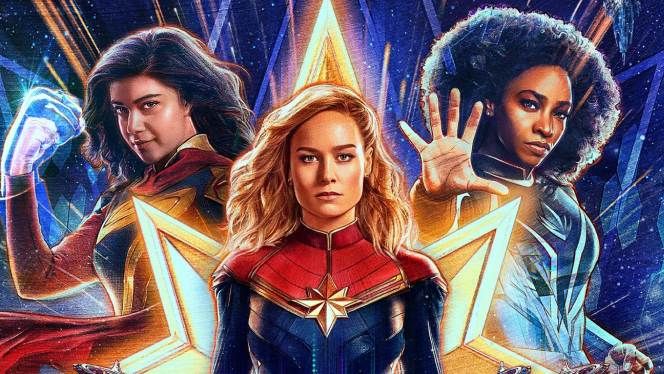
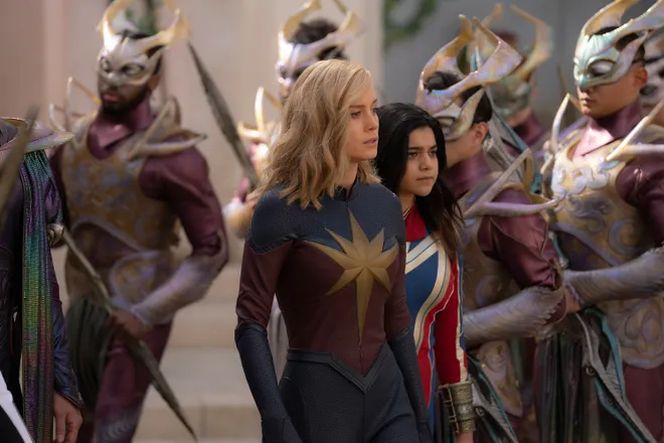
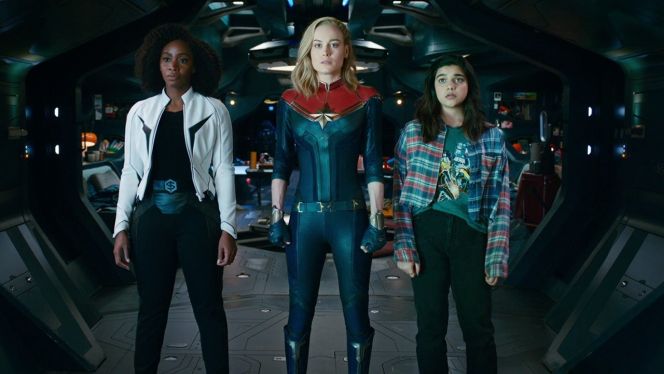
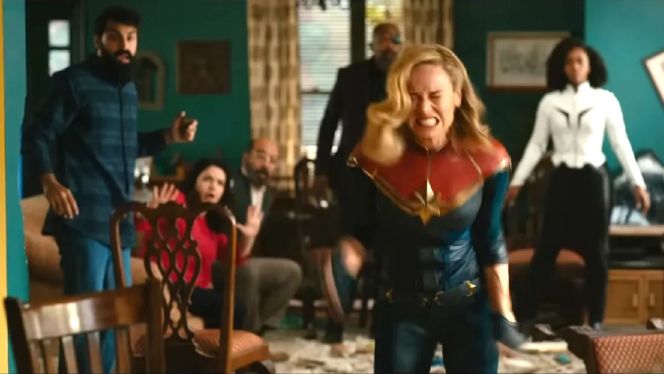



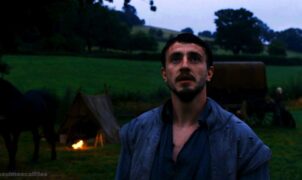








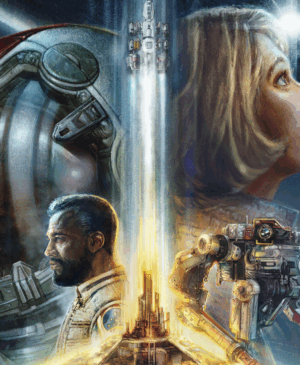
Leave a Reply